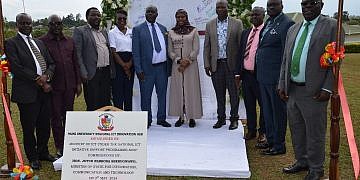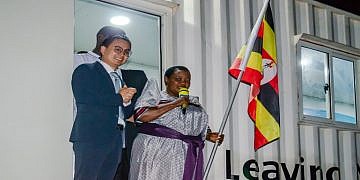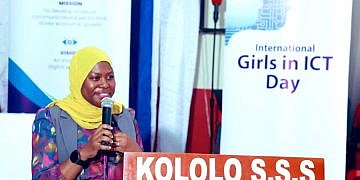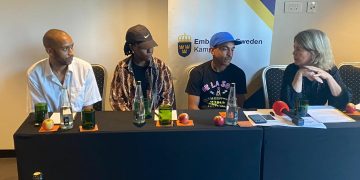The past three months have witnessed several submarine cable interruptions across the African continent, resulting degradation the Internet experience of users in multiple countries at different times during this period. Submarine cables are responsible for connecting Africa to the rest of the world using high speed fiber optic infrastructure.
As countries continue to roll out fibre optic infrastructure further into the hinterlands and last mile access to customers, the access to the global Internet largely depends on submarine cables.
We carry over 90% of the Internet traffic to and from Africa via submarine cable systems.
As more users in Africa adopt the Internet, together with the development of carrier-neutral data centres and Internet exchange points, it is projected that the continent’s traffic demands will grow at a rate of 44% CAGR by 2030.
While South Africa dominates in data centre real estate and Internet exchange point traffic, there has been been similarly significant activity in Uganda, Kenya, Mozambique, Ghana and Nigeria, as African Internet users demand lower latency to the services they traditionally access, making the case for content providers to extend their delivery networks closer their eyeballs.
The countries that make up the East African Regional Block – Uganda, Kenya, Tanzania, Rwanda, South Sudan, Ethiopia, Burundi, Somalia and Eastern Democratic Republic Congo – are heavily reliant on the various Mombasa and Dar Es Salaam submarine cable landing stations, which are our breakout points for the terrestrial fibre optic networks that carry traffic to and from the coasts.
The East African region is currently served by eight submarine cable systems. But with the older systems beginning to approach their commercial end-of-life window, it is not possible to activate additional capacity to help mitigate the ongoing cable cuts, which then results in a significant reduction in the quality of service Internet users of the region experience.
The latest cable fault occurred on May, 12, 2024, where both the EASSy and SEACOM cables were cut just off the east coast of South Africa, near Mtunzini.
This incident has severely impacted East Africa and Mozambique, as a large amount of content that is accessed by these regions resides in South Africa.
With both cables cut at the locations they are, East Africa and Mozambique has, effectively, been disconnected from South Africa. While there may be some terrestrial (land-based) connectivity providing an alternate method to stay connected to the Internet, it is of low capacity and highly unreliable.
At present, the Leon Thevenin repair vessel has been mobilized by EASSy toward the fault location. The vessel set sail from Cape Town on May, 14, 2024, and is set to arrive at the site of the problem by May, 18, 2024.








































